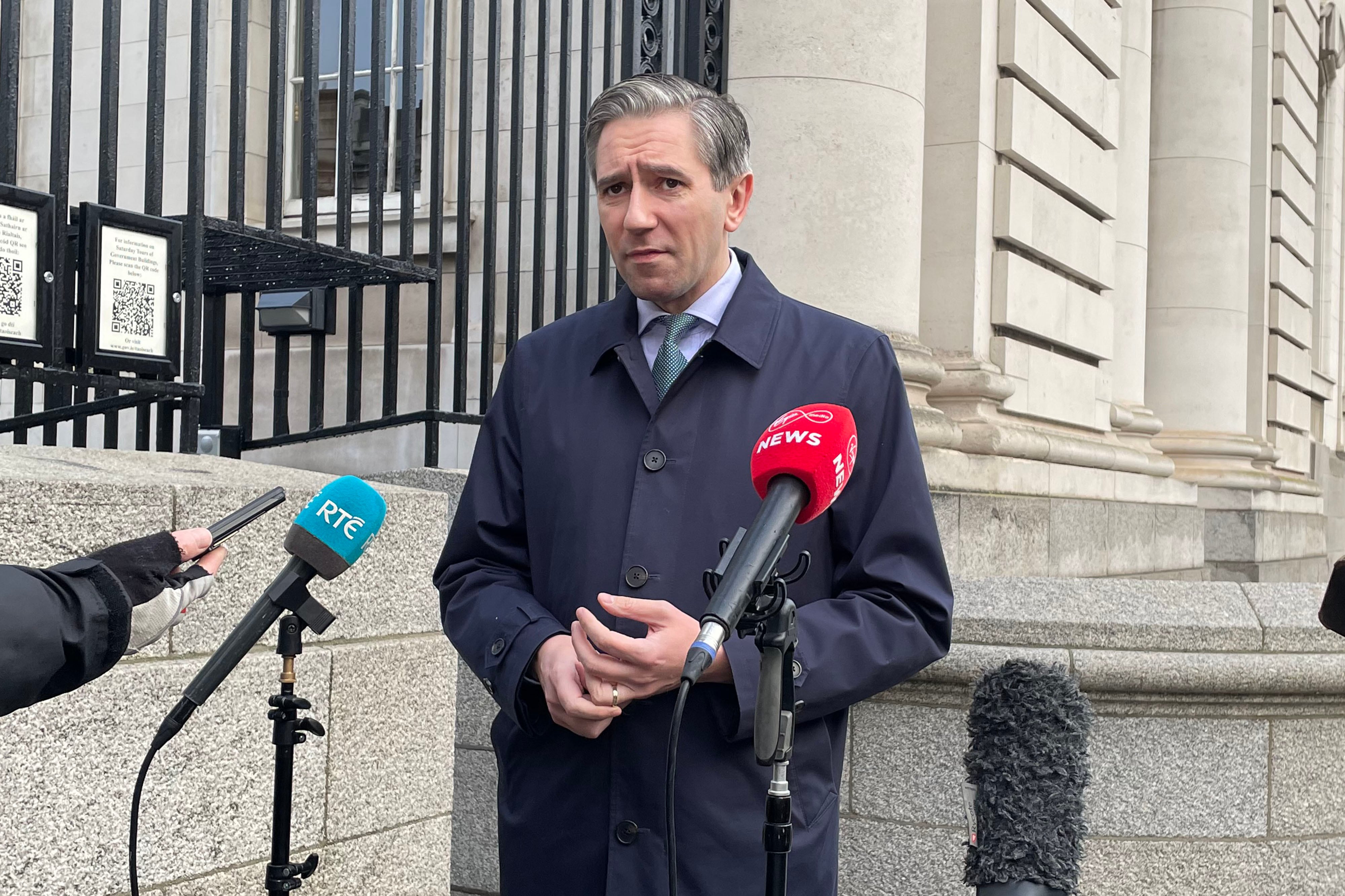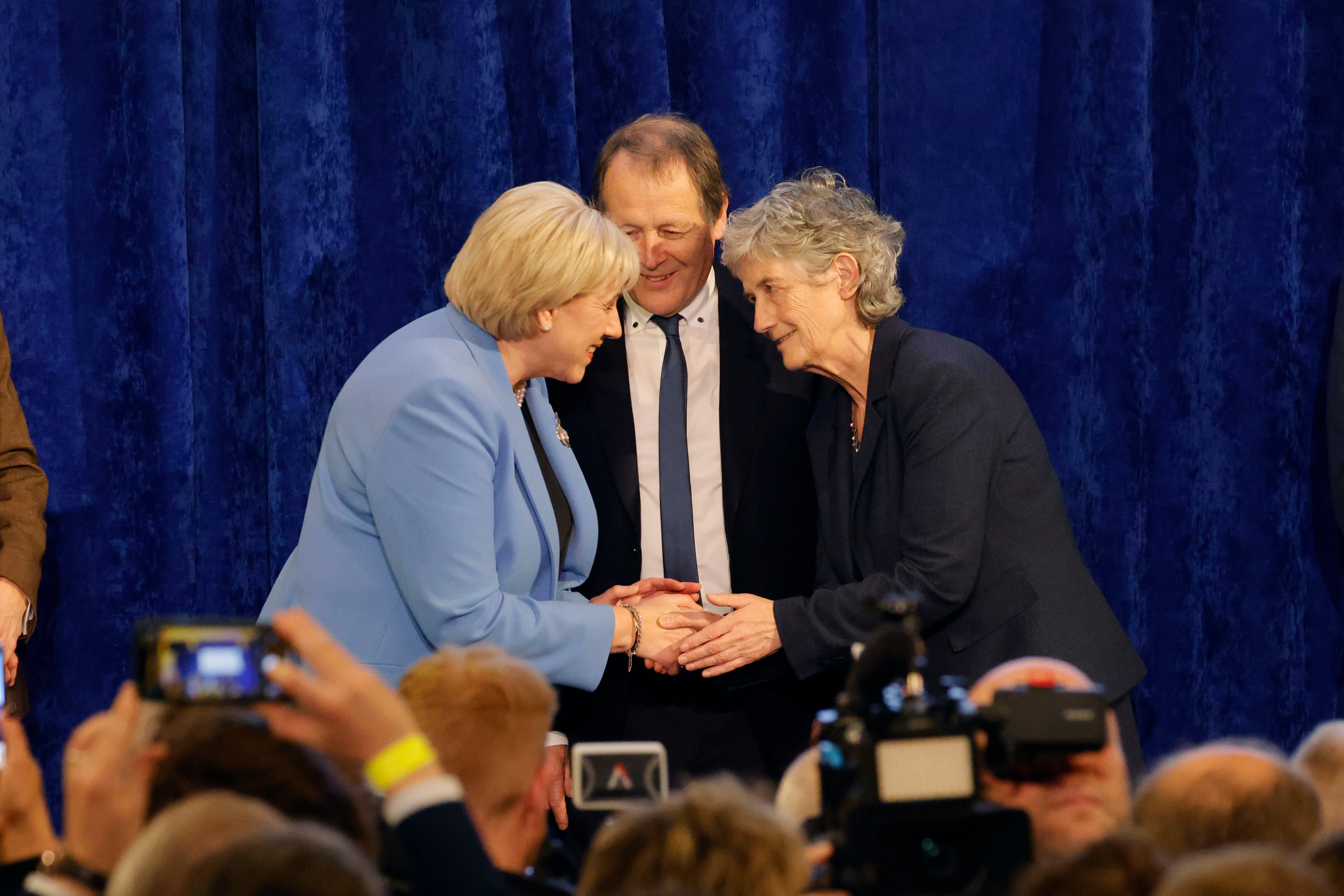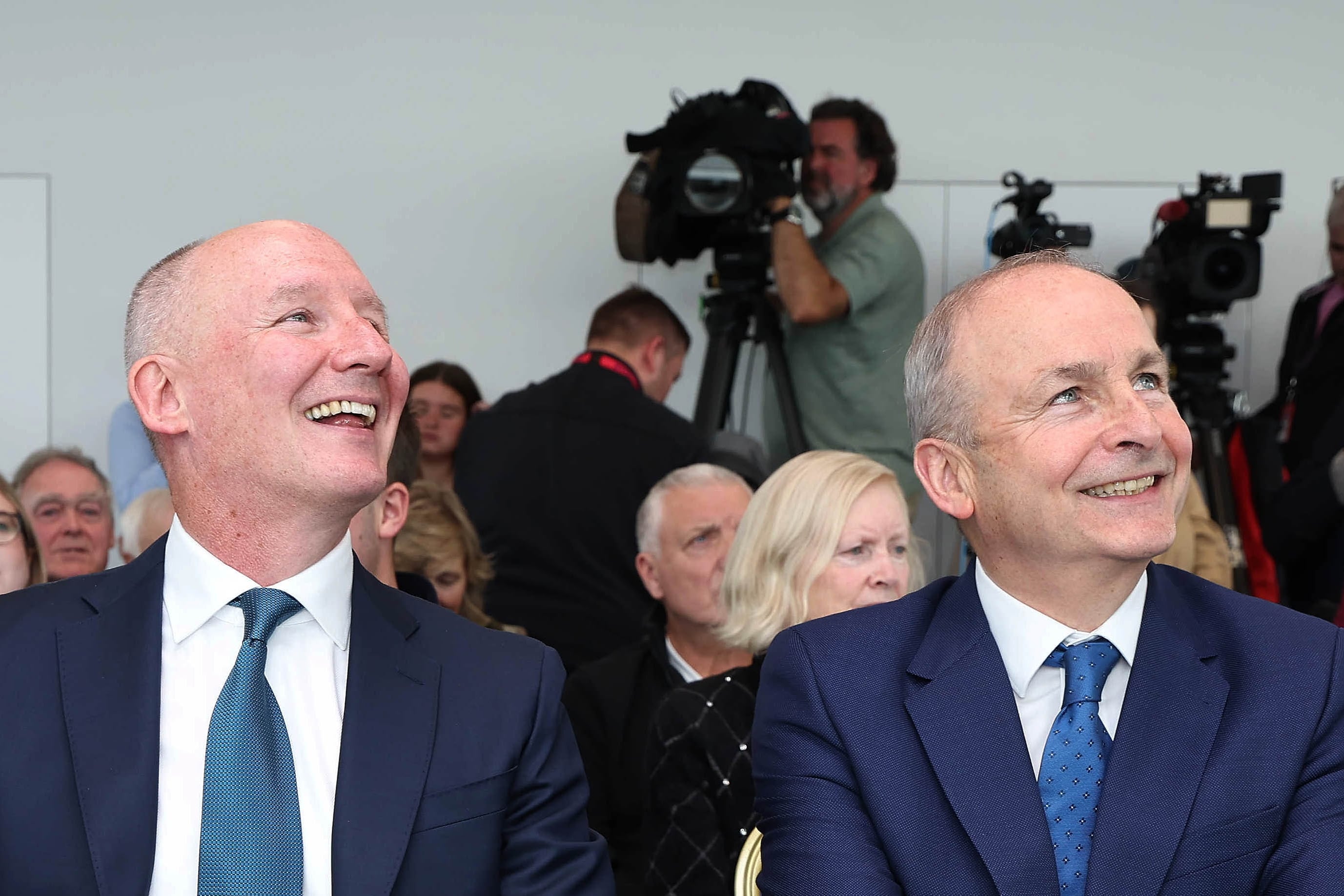As many as 12,000 social homes and 15,000 affordable housing units could be delivered per year, on average, under the funding available for the Coalition’s long-awaited housing plan.
The Irish Times understands, meanwhile, there is to be an expansion of the role of the Land Development Agency (LDA) to deliver homes in a wider geographic area and acquire more private and State land.
Senior Ministers including Minister for Housing James Browne and the Coalition leaders are due to continue their deliberations on Monday with a view to finalising the draft plan in time for Wednesday’s Cabinet meeting.
The Government expects to publish on Thursday its new strategy aimed at tackling the housing crisis.
READ MORE
Successive Governments have struggled to get to grips with an undersupply in housing that has seen property prices and rent costs soar and an increasing number of homeless people in emergency accommodation.
The Coalition has pledged to deliver more than 300,000 new homes by the end of 2030 and the housing plan is to outline how it will meet this commitment.
The new housing strategy is being underpinned by funding under the revised National Development Plan (NDP). Additional money allocated in July means that funding of just under €36 billion is available between 2026 and 2030.
This includes €28.27 billion for housing and €7.6 billion for water projects to help facilitate housing development.
The Department of Public Expenditure told the Department of Housing that this level of funding would allow for the delivery of about 12,000 new-build social homes on average by 2030.
It was unclear last night what the target for new builds, as opposed to other forms of social housing delivery such as acquisitions, will be in the finalised housing plan. A source said it was still a draft plan but there was a move towards more new-build social homes.
There is also funding available to enable an affordable homes programme of 15,000 units annually, including those supported by the Government’s shared-equity scheme.
Meanwhile, the availability of water and waste water services is seen as crucial to the delivery of housing targets.
Under Government plans, Uisce Éireann would be able to avail of a further €4.5 billion over the period 2026 to 2030.
This comprises of Government-provided equity of €2 billion to facilitate housing capacity and €2.5 billion for “mega projects” such as the Greater Dublin Drainage scheme and plans to bring water from the river Shannon to Dublin, known as the Water Supply Project.
There is to be a ramping up of the role of the LDA, the State body set up to build social and affordable housing on public land.
It is understood that the housing plan will see it tasked with delivery across a wider geographical area with a view to activating land outside of the cities and larger provincial towns.
The LDA would also play a greater role in the starter homes programme for affordable housing, and support more smaller housing developers.
Separately, the plan is understood to include a housing infrastructure investment fund of some €1 billion over five years aimed at removing blockages that delay housing delivery.
There is to be a measure in the plan to help people on the social housing waiting list fleeing domestic violence. A protocol will be agreed with local authorities so that domestic violence victims who meet social housing eligibility requirements can transfer previous time spent on a social housing waiting list to another local authority.
The number of people who are homeless reached another record high in September, surpassing 16,500 for the first time, including more than 5,200 children.
One measure aimed at alleviating long-term homelessness is some €100 million in funding next year for the State to purchase second-hand homes for people to exit emergency accommodation.
A “key focus” of this is said to be to increase the supply of one-bedroom and four-bedroom properties to provide more stock to allocate to single adults and large families who are homeless.

















